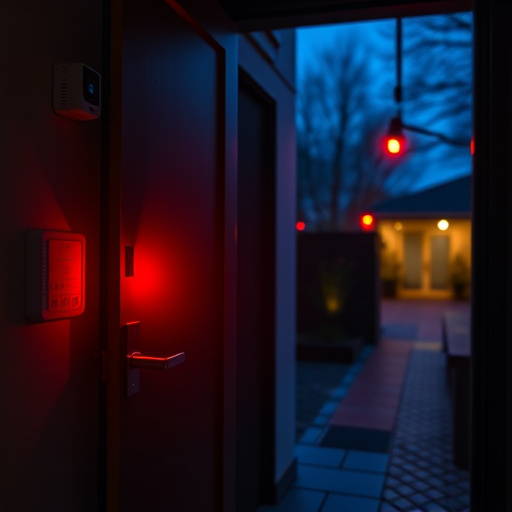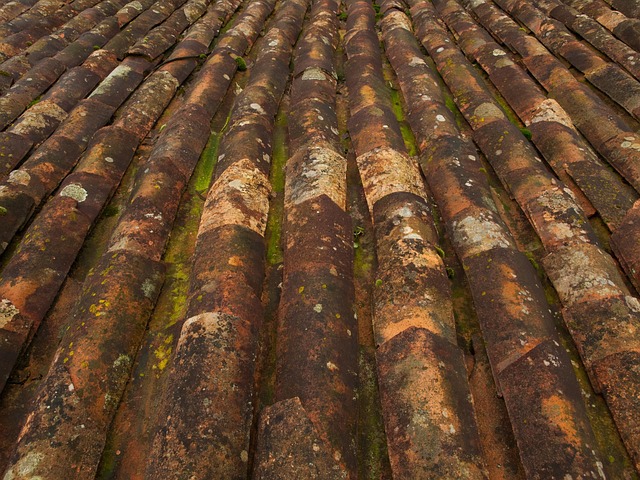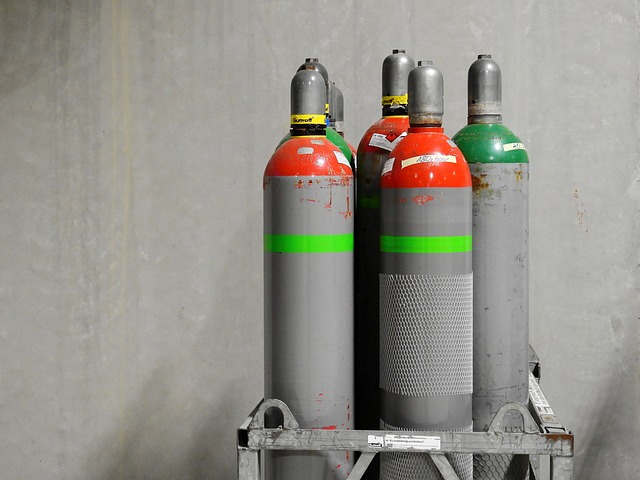Basement or crawl space flooding results from drain clogs (from debris buildup), inadequate stormwater runoff, and faulty sump pumps. Regular maintenance, including inspections and cleanouts, prevents these issues. After a flood, immediate action is crucial: turn off water supply, unblock drains, remove standing water, and consider professional restoration. Long-term protection involves installing quality drainage systems, maintaining plumbing, inspecting downspouts, and addressing drain clogs proactively to prevent costly water damage.
Basement or crawl space flooding can be a daunting experience, causing significant damage to your home and belongings. Understanding the root causes, such as drain clogs, is crucial for effective prevention and mitigation. This article delves into the various aspects of basement/crawl space flooding, offering insights on identifying and addressing drain clogs as a primary culprit. Learn practical steps to prevent flooding, immediate actions after a flood, and long-term solutions to safeguard your home from future inundations.
- Understanding Basement/Crawl Space Flooding Causes
- Identifying Drain Clogs as a Primary Culprit
- How to Prevent Drain Clogs and Flooding
- Immediate Actions After a Crawl Space Flood
- Dry Out and Remediate Effectively
- Long-Term Solutions for Avoiding Future Floods
Understanding Basement/Crawl Space Flooding Causes

Basement or crawl space flooding can be a significant concern for homeowners, often leading to costly repairs and potential health hazards. Understanding the causes behind these floods is the first step in prevention and mitigation. One of the primary reasons is drain clogs, which can occur due to various factors such as debris buildup from leaves, twigs, or even pet waste. These obstructions hinder water drainage, causing excess water to back up and overflow into the basement or crawl space.
Another common cause is inadequate or blocked stormwater runoff systems. Improperly designed or maintained downspout extensions can direct large volumes of rainwater directly towards these low-lying areas, overwhelming the drainage capacity and leading to flooding. Additionally, faulty or missing sump pumps, which are often crucial for maintaining dryness in basements, can further exacerbate the problem by failing to remove accumulated water efficiently.
Identifying Drain Clogs as a Primary Culprit

Basement or crawl space flooding can often be traced back to drain clogs, a common yet overlooked issue. These clogs, typically caused by accumulated debris like leaves, grass, or even household waste, can block water flow from draining properly. As water builds up and finds alternative routes, it often seeps into these lower levels of a home, leading to potential damage and costly repairs.
Regular maintenance is key to preventing this problem. Homeowners should schedule routine inspections and cleanouts of their drainage systems, paying close attention to the outlets in basements and crawl spaces. Identifying and addressing drain clogs early can save you from dealing with flooded spaces and the subsequent mold issues that may arise from standing water.
How to Prevent Drain Clogs and Flooding

To prevent basement or crawl space flooding due to drain clogs, regular maintenance is key. Start by scheduling periodic cleaning of your drains and sewer lines to remove built-up debris like grease, hair, and tree roots. Install drain covers to catch larger particles before they enter the pipes. Additionally, ensure proper drainage around your home by directing downspouts away from foundations and repairing any leaks or overflows in your plumbing system.
Consider using a hydro jetting service to clear stubborn clogs and inspect your sewer lines for damage or blockages. Regular inspections can help identify potential issues before they lead to flooding. By combining these preventive measures, you can significantly reduce the risk of drain clogs and keep your basement or crawl space dry and safe.
Immediate Actions After a Crawl Space Flood

After a crawl space flood, immediate action is crucial to mitigate damage and prevent further complications. The first step is to turn off the main water supply to avoid excessive water flow and potential pipe bursts. Next, use a flashlight to inspect the area and identify the source of the flood—it could be a burst pipe, heavy rainfall runoff, or a drain clog. If a drain clog is suspected, prioritize unblocking drains immediately using tools like plungers or chemical drain cleaners to prevent more water from entering.
Once you’ve addressed the immediate threat, start removing standing water with buckets or mops. Do not use electrical devices in wet areas to avoid electrocution risks. Document any damage for insurance claims and consider professional assistance for thorough cleaning and restoration, especially if mold growth is suspected due to prolonged moisture.
Dry Out and Remediate Effectively

After a flooding event in your basement or crawl space, effective drying and remediation are crucial to prevent long-term damage and mold growth. Start by addressing any drain clogs that may be contributing to the water accumulation. Clear blockages using tools like plungers or chemical drain cleaners, ensuring water can flow freely.
Next, utilize fans and dehumidifiers to accelerate the drying process. Place fans strategically near walls and corners to circulate air effectively. Dehumidifiers help remove moisture from the air, reducing humidity levels which inhibit mold growth. Regularly monitor the environment using moisture meters until the area is completely dry, typically taking several days or more depending on the extent of the flooding.
Long-Term Solutions for Avoiding Future Floods

To prevent future basement or crawl space floods, homeowners should consider long-term solutions that address the root causes of water intrusion. One effective strategy is to install a high-quality drainage system around your home’s foundation. This involves redirecting rainwater away from your structure by creating a slope that leads water to a safe discharge area, typically far from your property. A well-designed drainage system can prevent overflows in your crawl space or basement by ensuring that the ground around your foundation remains dry.
Additionally, regularly inspecting and maintaining your home’s plumbing is crucial. Drain clogs are a common cause of flooding, so scheduling periodic professional drain cleaning services can help avert potential disasters. Ensuring that downspouts are properly connected to your drainage system and clearing them of debris during rain events will also contribute to long-term flood prevention. These proactive measures can save you from costly repairs and ensure your home remains protected against water damage.














